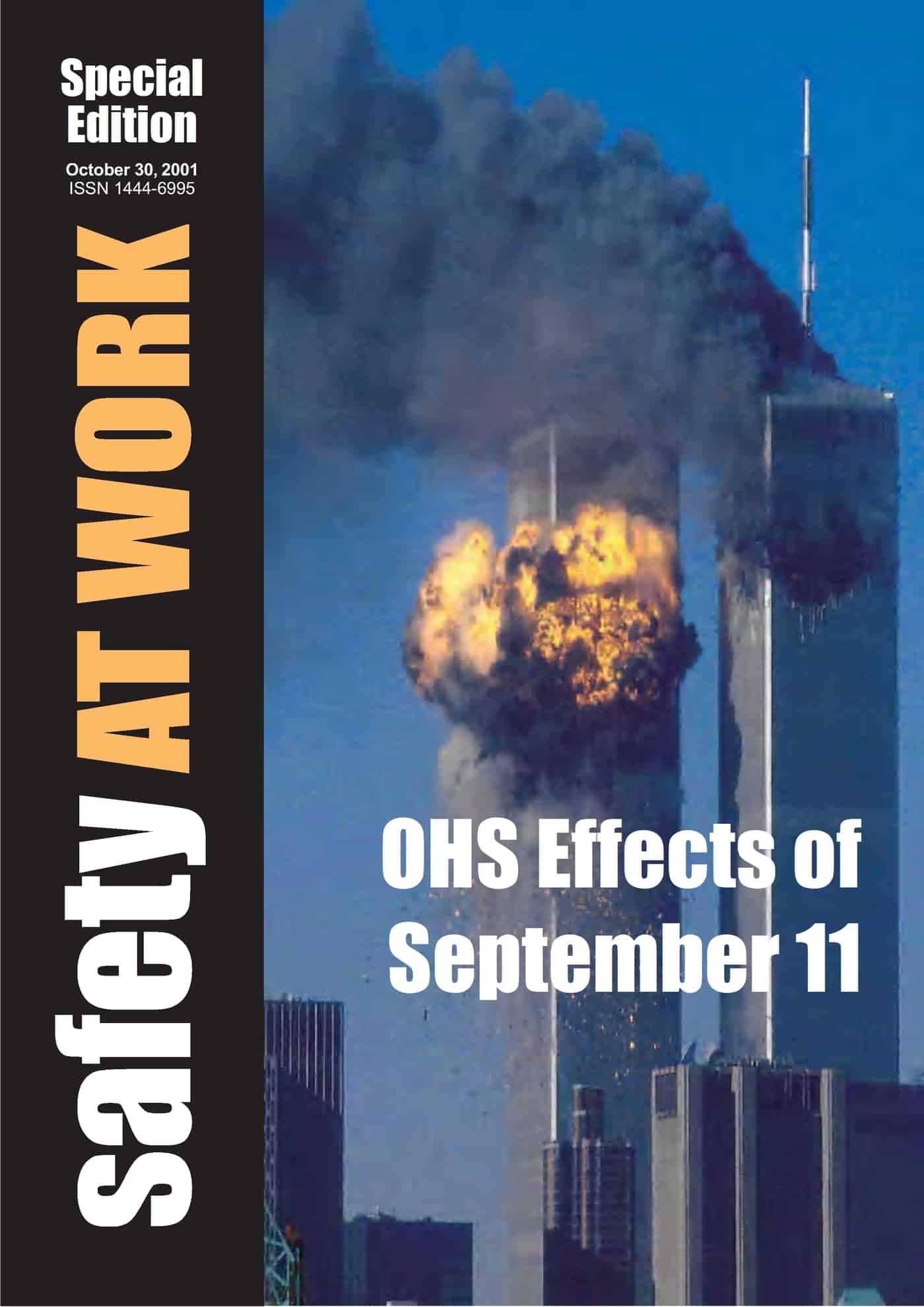 SafetyAtWorkBlog originated from the SafetyAtWork magazine, a PDF subscription magazine that ran for a few years. In October 2001 we published a special edition of the magazine focussed on the 9/11 disaster. It has some exclusive articles and other safety content from a range of authors. We have made it available for the first time through this blog to mark the 15th anniversary of the event.
SafetyAtWorkBlog originated from the SafetyAtWork magazine, a PDF subscription magazine that ran for a few years. In October 2001 we published a special edition of the magazine focussed on the 9/11 disaster. It has some exclusive articles and other safety content from a range of authors. We have made it available for the first time through this blog to mark the 15th anniversary of the event.

